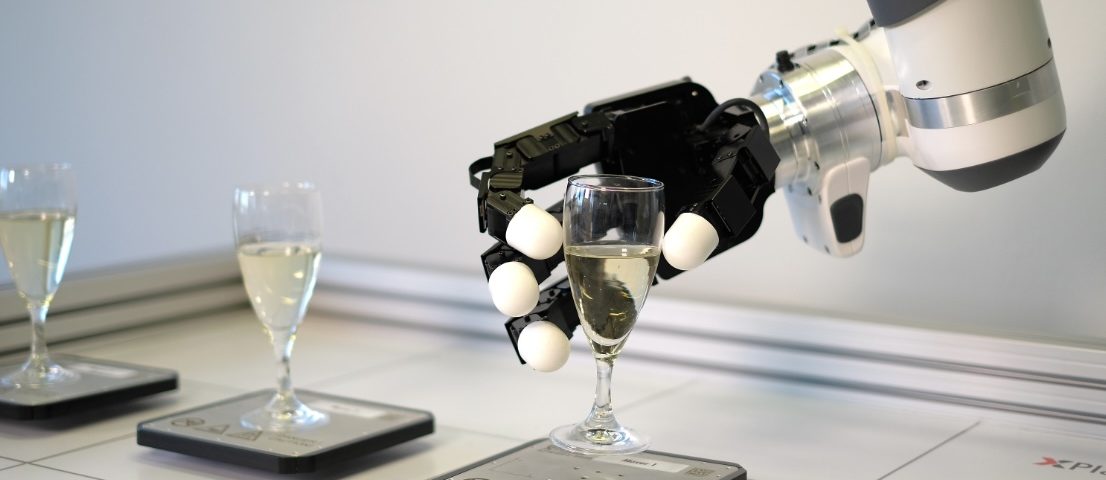Robotic Server Arm
A robotic server arm is an automated mechanical device designed to perform tasks typically associated with serving food and beverages. These robotic arms are often used in restaurants, cafes, and other hospitality settings to enhance efficiency, consistency, and novelty in service delivery. Here are the key components and functions of a robotic server arm:
Components:
- Mechanical Arm:
- Made up of multiple joints and segments that allow it to move in various directions and perform complex tasks.
- End Effectors:
- These are the tools or attachments at the end of the arm, such as grippers or specialized holders, designed to handle different items like plates, glasses, and utensils.
- Sensors and Cameras:
- Integrated sensors and cameras provide feedback to the arm, helping it detect objects, navigate its environment, and avoid obstacles.
- Control System:
- The control system, often powered by sophisticated software and algorithms, directs the movements and actions of the arm based on programmed tasks and real-time data from sensors.
Functions:
- Serving Food and Drinks:
- The robotic arm can pick up dishes from the kitchen or serving station and deliver them to customers’ tables, reducing the need for human waitstaff.
- Preparation Assistance:
- In some cases, the arm can assist with food preparation tasks, such as mixing ingredients, assembling dishes, or pouring drinks.
- Customer Interaction:
- Some advanced robotic arms are equipped with interfaces for interacting with customers, such as touchscreens or voice recognition systems.
- Automated Order Delivery:
- The arm can be integrated with an ordering system to automatically retrieve and serve orders, enhancing speed and accuracy.
Benefits:
- Efficiency:
- Robotic server arms can operate continuously without breaks, increasing overall service efficiency.
- Consistency:
- They provide consistent service quality, reducing errors and variations that can occur with human staff.
- Novelty and Customer Experience:
- The use of robotic arms can attract customers and provide a unique, futuristic dining experience.
- Labor Cost Reduction:
- By automating certain tasks, businesses can reduce labor costs and reallocate human staff to more complex or customer-focused roles.
Applications:
- Restaurants and Cafes:
- Used to serve food and beverages, enhancing the dining experience and operational efficiency.
- Hotels and Hospitality:
- Deployed in room service or hotel restaurants to improve service speed and consistency.
- Event Catering:
- Utilized in large events or conferences to serve attendees efficiently.
In summary, a robotic server arm is an innovative tool in the hospitality industry that automates the process of serving food and drinks, offering numerous benefits in terms of efficiency, consistency, and customer experience. Visit our website to learn more about what TLC Creative can offer you.
Also, if you’re looking for more robotic entertainment, check out our Robot Dog.

